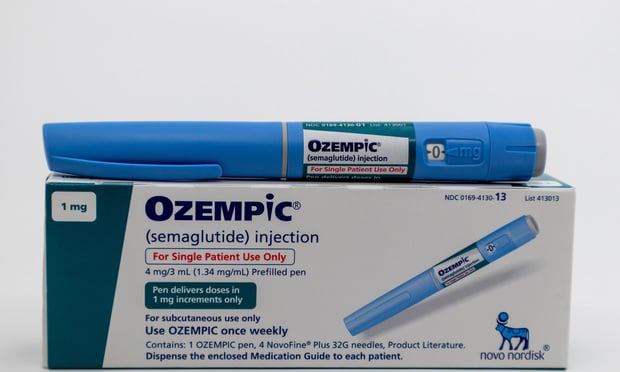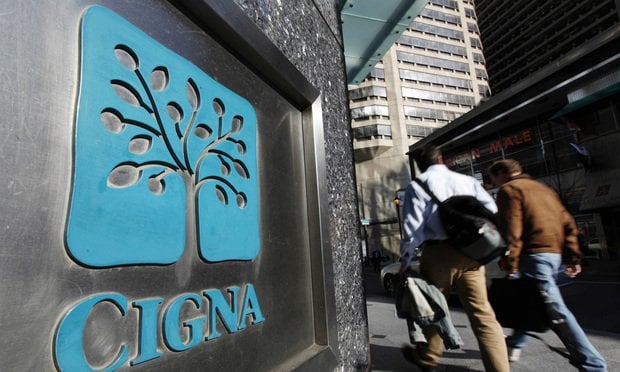A new report based on Census data estimates that 8.8 million Americans gained health insurance in 2014.
Numerous surveys have shown that uninsured rates have dropped dramatically across the country since the Patient Protection and Affordable Care Act was implemented, but the census study adds a more concrete glimpse of the law's impact.
The Census Bureau found that 33 million Americans lacked insurance in 2014, down from 41.8 million in 2013. It calculates the uninsured rate fell from 13.3 percent to 10.4 percent.
Recommended For You
Complete your profile to continue reading and get FREE access to BenefitsPRO, part of your ALM digital membership.
Your access to unlimited BenefitsPRO content isn’t changing.
Once you are an ALM digital member, you’ll receive:
- Breaking benefits news and analysis, on-site and via our newsletters and custom alerts
- Educational webcasts, white papers, and ebooks from industry thought leaders
- Critical converage of the property casualty insurance and financial advisory markets on our other ALM sites, PropertyCasualty360 and ThinkAdvisor
Already have an account? Sign In Now
© 2025 ALM Global, LLC, All Rights Reserved. Request academic re-use from www.copyright.com. All other uses, submit a request to [email protected]. For more information visit Asset & Logo Licensing.








